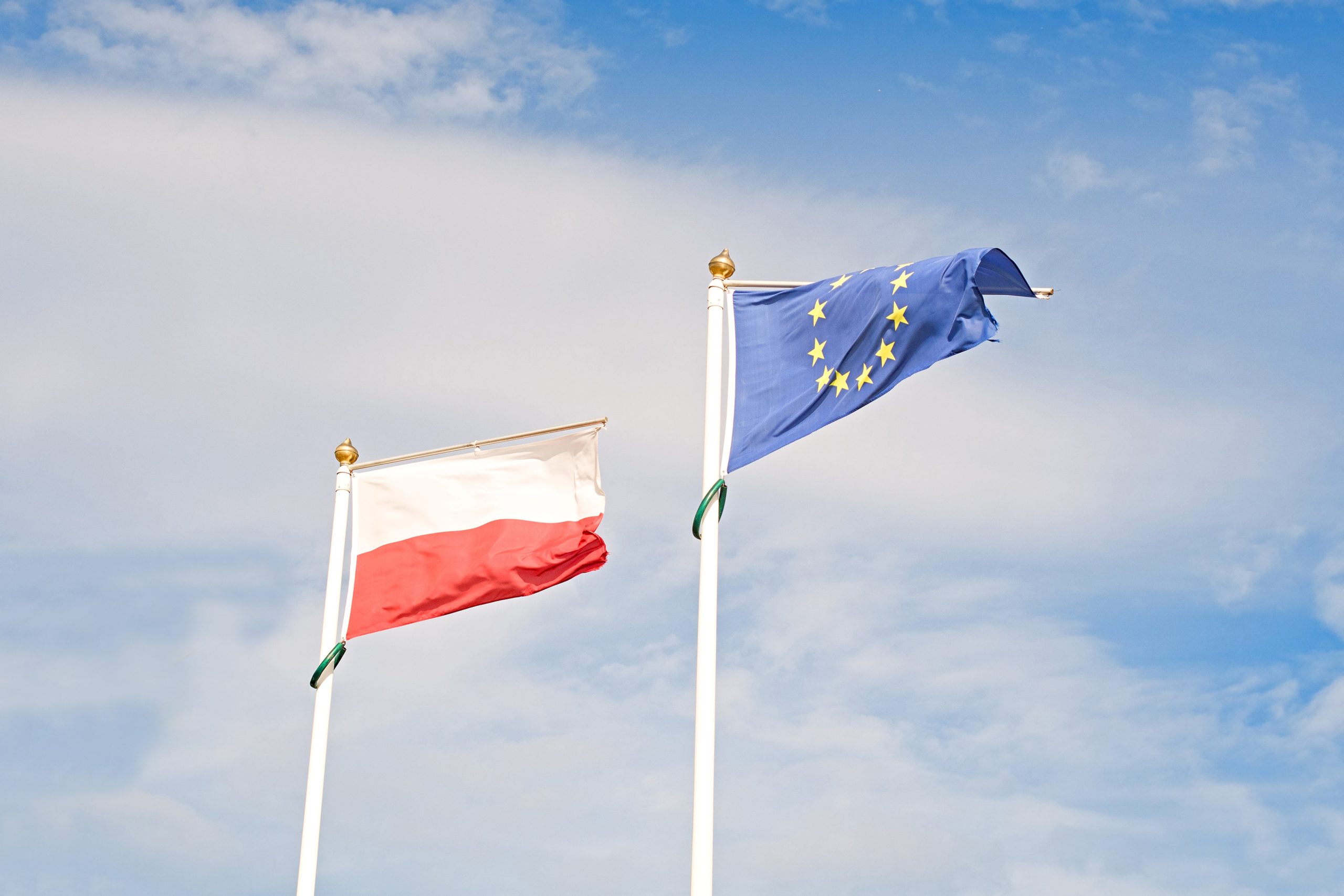In an era defined by geopolitical tensions and economic interdependence, the concept of mutually assured disruption poses significant risks to international relations. As nations become increasingly interconnected, the stability of their interactions is often threatened by the very mechanisms designed to ensure deterrence. This commentary explores the implications of this unstable dynamic and its potential impact on global markets.
The Concept of Mutually Assured Disruption
Mutually assured disruption (MAD) refers to a doctrine wherein countries maintain the capacity to inflict significant harm on one another, thereby deterring aggressive actions through the threat of retaliation. While this principle has historical roots in nuclear deterrence, its application has expanded into various domains, including cyber warfare, trade conflicts, and economic sanctions.
Implications for International Relations
- Increased Tensions: The inherent instability of MAD can lead to escalated tensions between nations. For instance, recent trade disputes between the U.S. and China have showcased how economic interdependence can quickly morph into hostility, affecting global supply chains and market stability.
- Market Volatility: Investors must remain vigilant as geopolitical risks can lead to sudden market fluctuations. For example, companies with significant exposure to international markets, such as Apple (AAPL) and Boeing (BA), may experience stock price volatility due to shifts in diplomatic relations.
- Strategic Alliances: Nations may seek to form strategic alliances to counterbalance threats, which can lead to new economic partnerships and shifts in market dynamics. The recent formation of regional trade agreements illustrates this trend.
Market Reactions to Geopolitical Risks
Markets often react to news regarding international relations, particularly when it concerns major economies. The threat of mutually assured disruption can lead to:
- Flight to Safety: Investors may flock to safe-haven assets such as gold or U.S. Treasury bonds during periods of heightened uncertainty, driving up their prices.
- Sector Rotation: Certain sectors, such as defense and cybersecurity, may benefit from increased government spending as nations prioritize national security over other expenditures.
As highlighted by The Economist, the current geopolitical landscape illustrates that relying on mutually assured disruption is an unstable foundation for international relations. This instability not only affects diplomatic interactions but also reverberates through financial markets, influencing investor sentiment and corporate strategies.
Conclusion
In conclusion, the concept of mutually assured disruption is a double-edged sword that poses risks to both international relations and financial markets. As nations navigate this complex landscape, traders and investors must consider the potential for volatility and reassess their strategies accordingly. Understanding the nuances of these geopolitical dynamics will be crucial for making informed investment decisions in an increasingly uncertain world.



